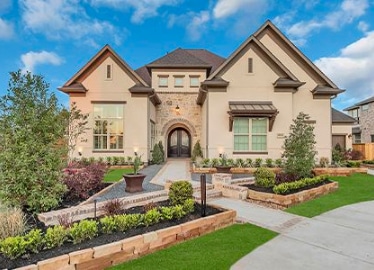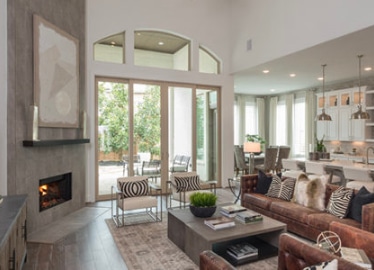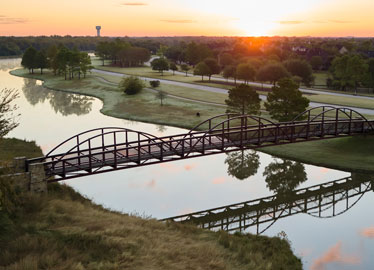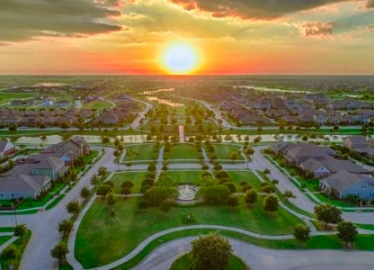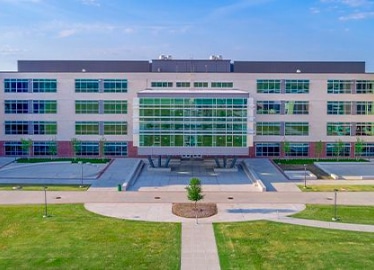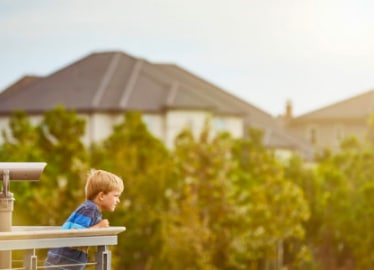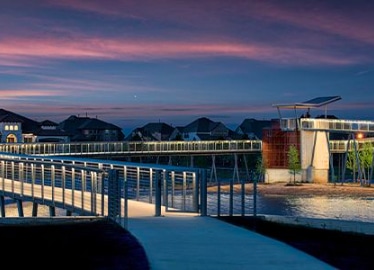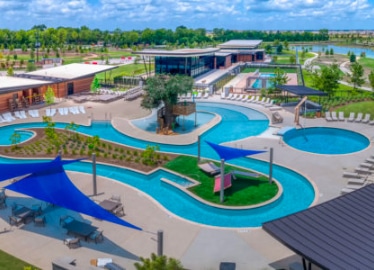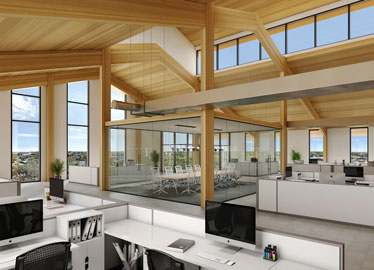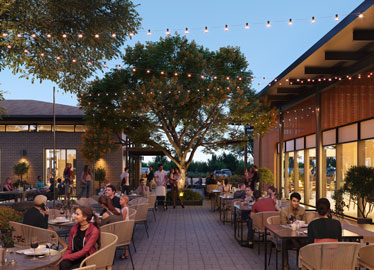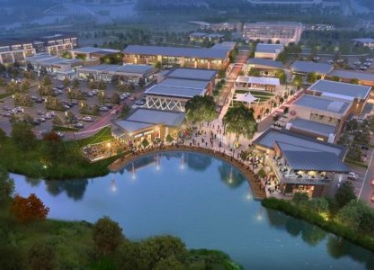Master Environmental Plan
Master planned community: it’s a label that Bridgeland takes seriously. Early in our history, Bridgeland’s developers created a detailed road map for the evolution of the community. This intricate blueprint is a multi-layered approach for the placement of residential neighborhoods, a hierarchy of parks and amenities, and public and private schools. Additionally, a detailed preservation plan outlines the community’s environmentally conscious approaches to irrigation, energy and wildlife.
Historic and Environmental Significance
Bridgeland is located within and along the eastern boundaries of the Katy Prairie, an environmental gem that has long provided refuge and foraging areas for resident and migratory birds, as well as various mammals, reptiles and amphibians.
However, early settlers to the area heavily used the land for cattle grazing and rice farming. The area became agriculturally barren, no longer fit for growing crops. In planning the community of Bridgeland, our developers wanted to embrace the area’s historical and environmental significance.
Meaningful Land Plan
The result is a multi-faceted and meaningful land use plan that gives careful consideration to the environment and details measures to enhance the surrounding landscape.
This strategy not only builds on the legacy of the Katy Prairie, but also supports widespread environmental initiatives, including the 54-mile Cypress Creek watershed, development of regional recreation spaces, and the area-wide transition from groundwater to surface water use.
Conceptual Conservation Plan
Our conceptual conservation plan focuses on the preservation of the Cypress Creek Corridor and the conversion of two areas into new nature corridors — Central Creek and Langham Creek.
Together, these three areas will provide passive and active recreational space for residents and serve as part of the community’s infrastructure. Bridgeland utilizes innovative methods for stormwater storage and reuse and has replaced typical trapezoidal ditches with meandering, naturalistic waterways.
Nature-Based Educational Opportunities
These areas also provide educational opportunities for residents, with a comprehensive signage system about Bridgeland’s indigenous plants and animals, flowers that attract butterflies, and “smart” landscape components, such as native plantings to minimize the need for frequent fertilization, irrigation and maintenance. The native grasses and flowering, non-grass plants used in Bridgeland’s landscape also reflect the area’s ecological history.
Wildlife Friendly
Other environmentally friendly components include wildlife-friendly structures designed to support the area’s vast bird, bat and butterfly populations, and lighting standards, like shields that direct light toward the ground, to minimize the adverse effects on wildlife.
Such sensitive planning is resulting in a community that bridges nature with development, ensuring a compatible space for people and wildlife.

